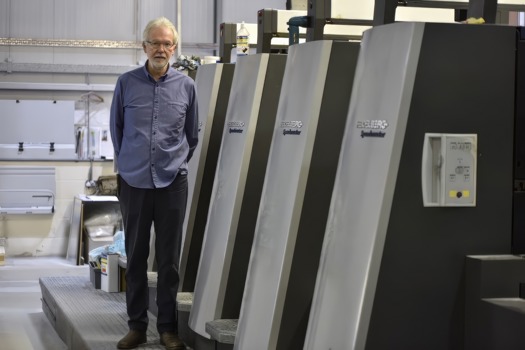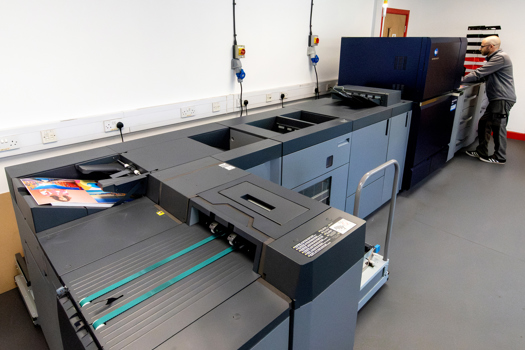The hidden phosphorus hand grenades were accidentally dislodged by workmen in a disused cellar below the company’s finishing department in Bamber Bridge.
Two workmen and three members of staff were present when one of the grenades caught fire. They were given hospital treatment along with paramedics and hospital staff that came into contact with them.
Stuart Smith, owner of Sprint Print said: "Workmen went into the cellar to investigate some damp problems we were having. They had only been there for ten minutes when one of them ran upstairs with his clothes on fire and smoke and fire started pouring into the building."
He said Robert Farrar, the worker whose clothes caught alight, may have accidentally dislodged one of the grenades with a spade.
The fire brigade and a hazardous materials unit were called to the scene and a 50m exclusion zone was put in place.
Sprint Print had to close on Thursday, Friday, Saturday and Monday morning and a customer cancelled an order for 10,000 leaflets. "They haven’t gone anywhere else with the job – it’s just been lost all together," Smith said.
Phosphorus can be toxic and Sprint Print has had to contract a chemical cleaning firm to clean the premises and any equipment that was effected by the fire before they can be used again. Smith said the total bill would come to £3,600.
"We had a Morgana Digifold, a Morgana FSN numbering machine and two computers in there," he said. "We’re waiting to see if we’ll be allowed to keep them once they’ve been cleaned or if we’re going to be told to get all new equipment."
Phosphorus grenades were made in glass bottles during World War 2. They incorporated fuel and phosphorus, which self-ignited when exposed to air.
Six other devices were reportedly found in the cellar, which had been sealed until five years ago. The fire service said the grenades were removed and disposed of in a controlled explosion.
Sprint Print staff in WWII grenade scare

Workers at Sprint Print in Preston were taken to hospital after being hit by fumes from a stockpile of World War 2 grenades, last Thursday (18 October).








